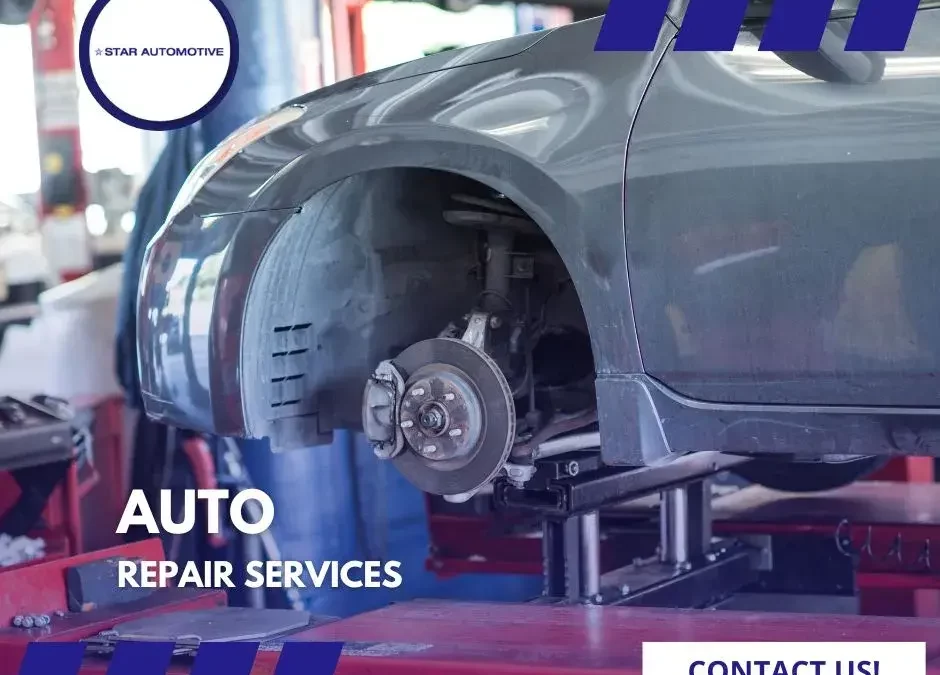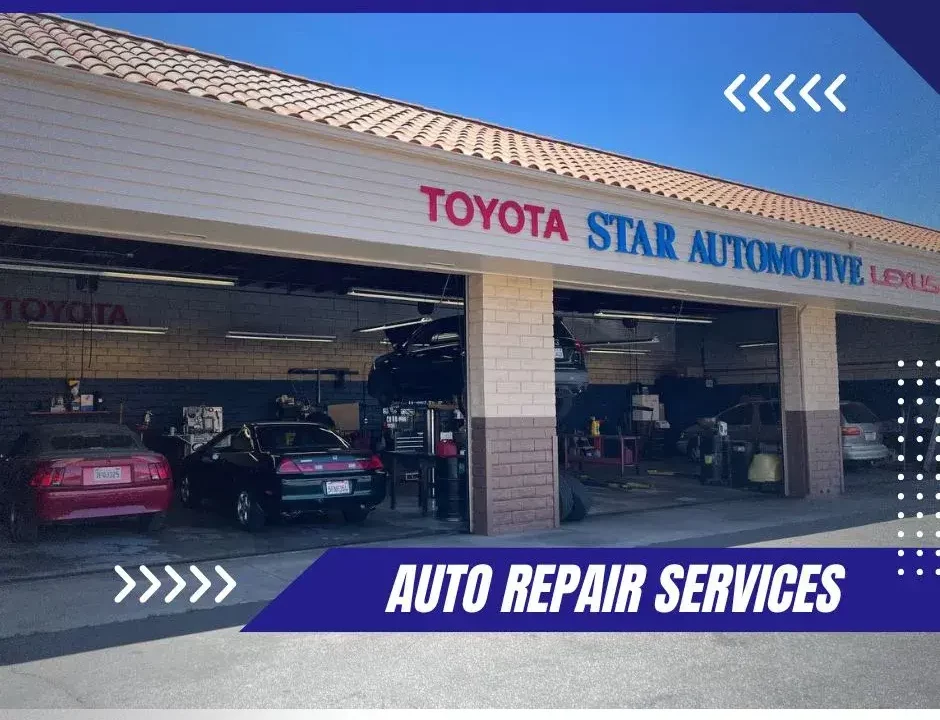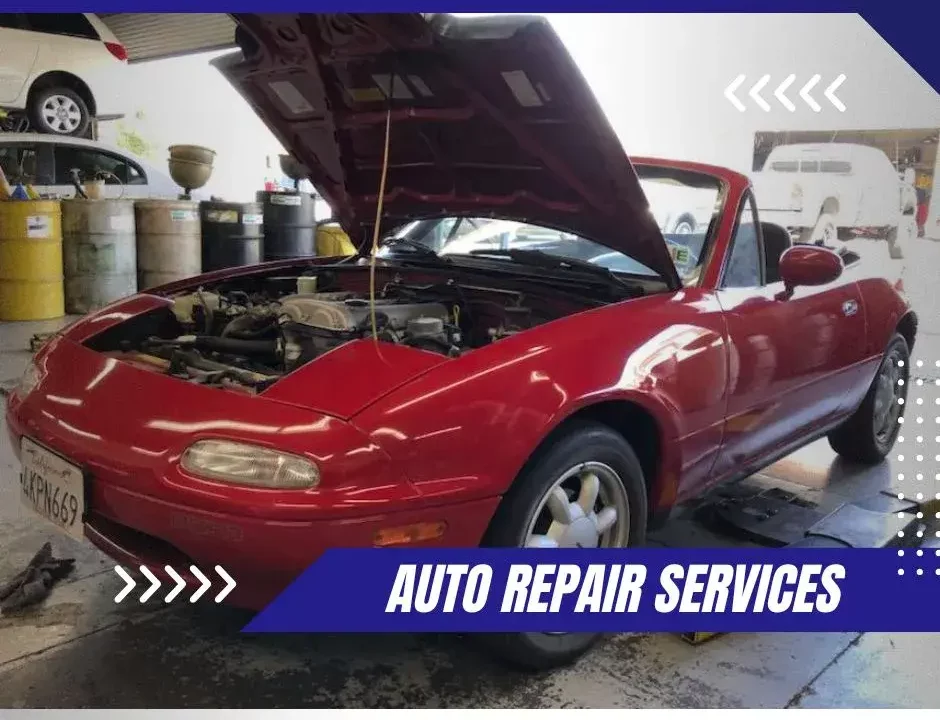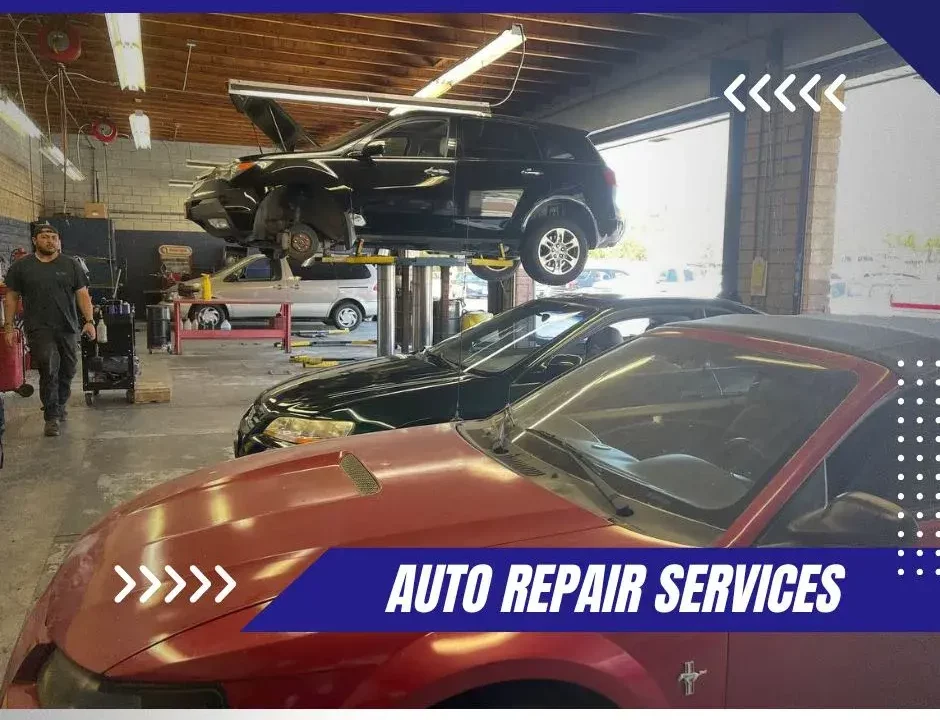Top 5 Preventive Maintenance Tips to Keep Your Vehicle Running Smoothly
September 16, 2024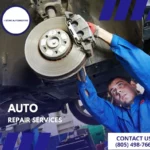
The Importance of Regular Brake Checks in Auto Repair
October 4, 2024Recognizing the signs that indicate your brakes require replacement is an essential skill for any vehicle owner, ensuring both safety and optimal performance. From auditory cues such as persistent high-pitched squeals to visual indicators like brake pad thickness falling below a quarter-inch, these warning signals demand immediate attention. Auto repair experts emphasize that additional symptoms, including a pulsating brake pedal or grinding noises, as well as erratic vehicle behavior like pulling to one side, signify underlying issues. Understanding these meticulous details about brake performance can be the key to preventing unexpected failures and maintaining road safety. But what exactly should you focus on during your next brake inspection?
Warning Signs of Worn Brakes
When it comes to ensuring the safety and performance of your vehicle, recognizing the warning signs of worn brakes is paramount. The first indication often comes from the auditory feedback of your braking system. A high-pitched squealing noise typically signals that the brake pads have worn down to the wear indicators, which are engineered to produce this sound as an alert for necessary maintenance.
Visual inspection is equally critical. Examine the brake pads through the wheel spokes; if less than a quarter-inch of pad remains, it is time for replacement. Additionally, a pulsating brake pedal can signify warped rotors, which necessitate immediate attention to prevent further damage.
Cultural nuances play a role in how we respond to these indicators. In many communities, the importance of preventative maintenance is deeply ingrained, fostering a sense of responsibility and belonging among conscientious drivers.
Technically, a vehicle pulling to one side during braking highlights uneven wear or a possible hydraulic issue within the braking system.
Grinding noises, on the other hand, suggest that the brake pads are completely worn down, causing metal-to-metal contact and potentially costly damage to the rotors.
Meticulous attention to these details ensures not just the longevity of your vehicle, but the safety of all passengers, reinforcing the shared value of vigilant vehicle maintenance.
Assessing Brake Performance for Auto Repair
Recognizing the warning signs of worn brakes is just the first step in maintaining your vehicle’s braking system. To ensure optimal performance, a comprehensive assessment is essential. Begin by evaluating brake responsiveness. Any delay in engagement or a spongy pedal feel can indicate air in the brake lines or fluid leaks, necessitating immediate attention.
Next, listen for unusual noises. Squealing often means worn brake pads, whereas grinding suggests metal-on-metal contact—both conditions requiring prompt replacement.
Additionally, observe for vibrations or pulsations in the brake pedal or steering wheel, which may denote warped rotors or uneven pad wear.
Inspect the brake fluid. It should be clear and within the designated reservoir levels. Dark or murky fluid can compromise brake efficiency, calling for a complete fluid flush.
Furthermore, examine the brake pads and rotors visually. Pads should have a minimum thickness of 3mm, and rotors should not display deep grooves or scoring.
In summation, vigilant assessment of braking systems is paramount to vehicular safety. Auto repair professionals point out that indicators such as high-pitched squealing, diminished brake pad thickness, pulsating pedals, and grinding noises necessitate prompt attention. Additionally, vehicular pulling and vibration during braking underscore potential issues. Regular inspections and adherence to these guidelines will ensure the brakes function optimally, thus preventing catastrophic failures. Ignoring these signs is akin to courting disaster, a classic case of penny-wise, pound-foolish behavior in automotive maintenance.

